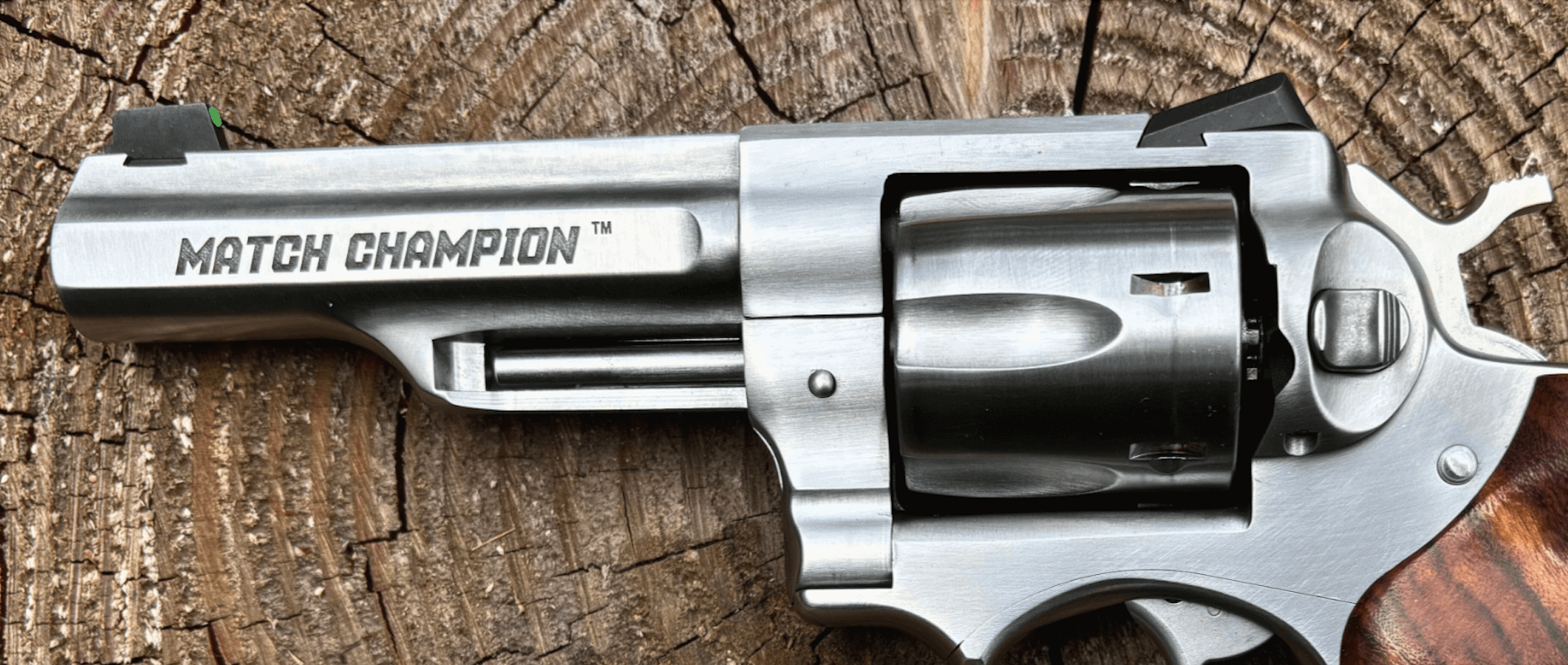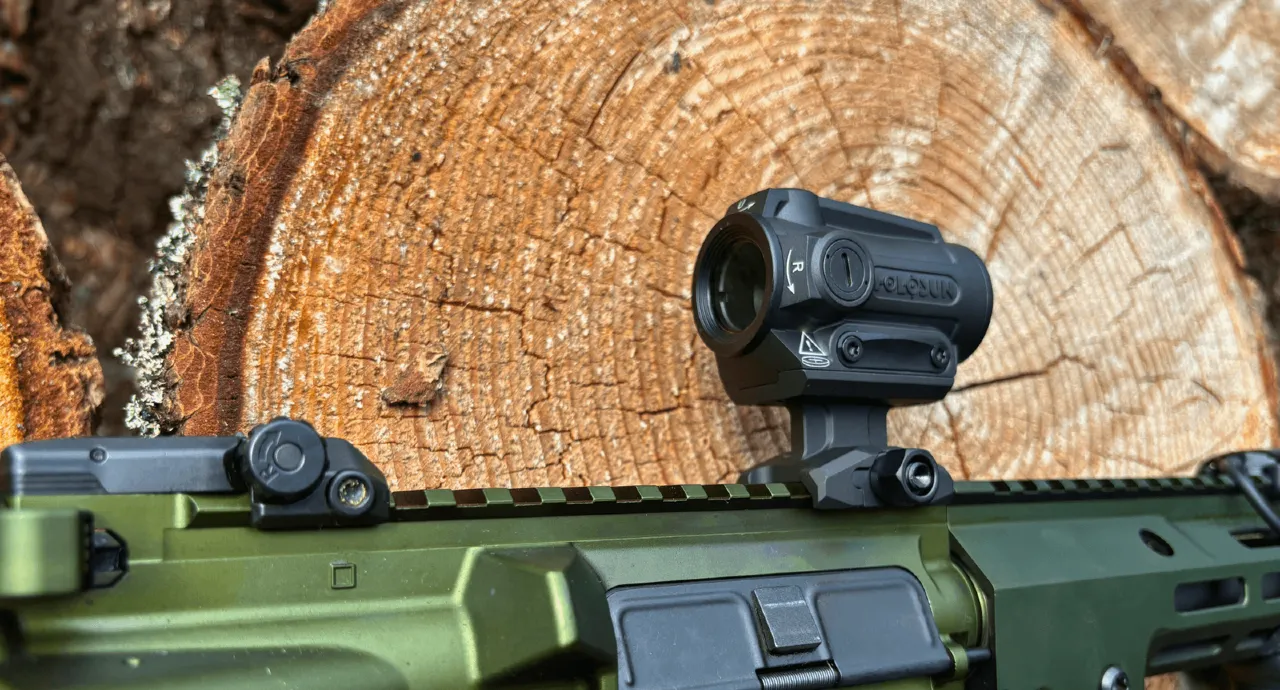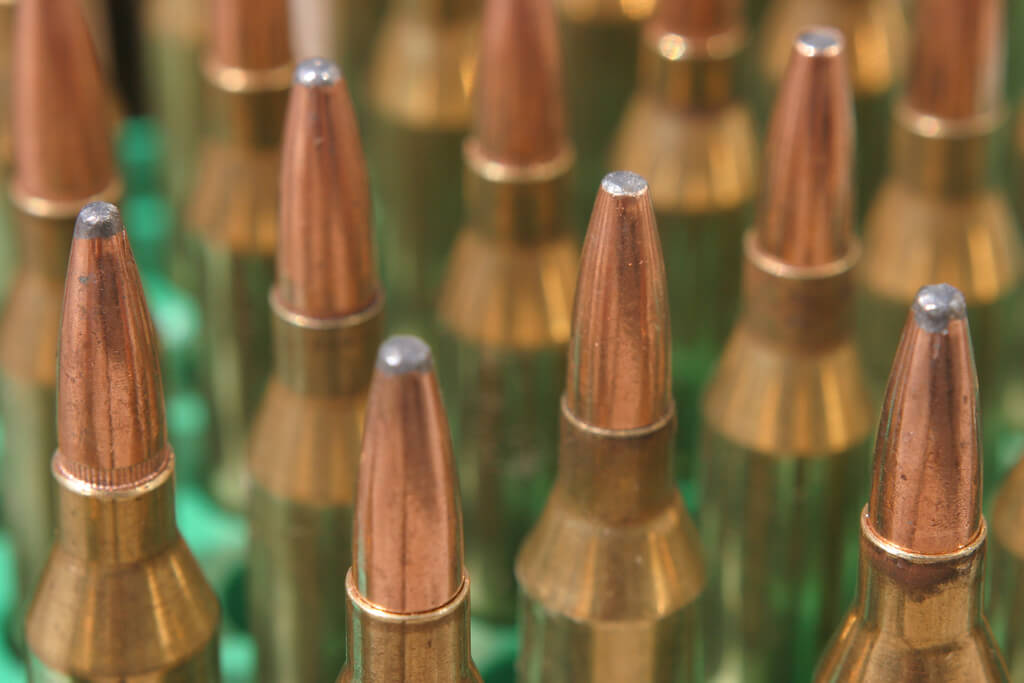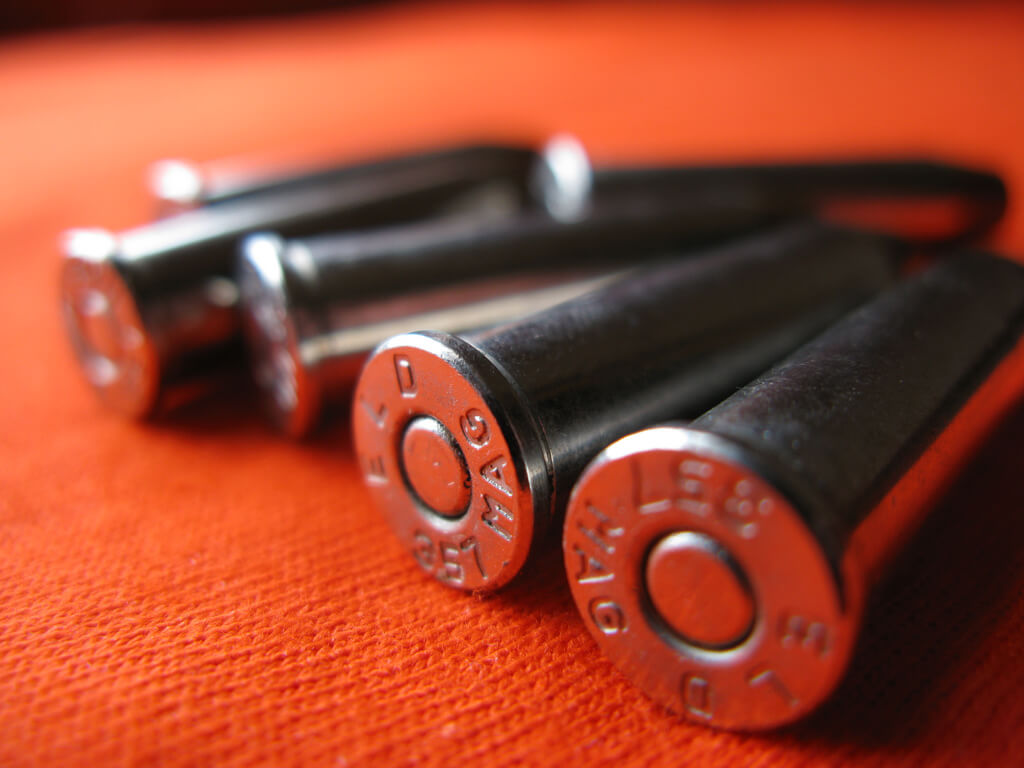Everyone in the shooting community knows about David Tubb, one of the best competitive rifleman in history. He has an impressive record of championship titles including six NRA Long Range Rifle championships at 600-1000 yards. David’s greatest contribution to the shooting industry is his pioneering approach and innovative mind that continues to make advancements in shooting that help the shooter fire higher scores and achieve greater satisfaction on a target or in the field.
So when David Tubb’s Final Finish was advertised on www.zediker.com as “a better barrel in a box”, it deserved some attention. The product guarantees reduced fouling, easy cleaning and improved velocity and accuracy. This product review is independent with no affiliation to the company in any way.
The rifle used for this product was a broken-in stock Remington 700P in 300WM. Jeff Hicks at Hicks Designs bedded the stock because of the excessive play and movement. The rifle is a decent shoot, about 3/4 MOA with factory match ammo; however, it wasn’t easy to clean and fouled terribly. After 20 shots you would’ve thought it was copper plated, so it was time to try David Tubb’s Final Finish product.
After placing an order with Zediker, the Final Finish kit arrived just over a week later. It came in a plastic case comprising 5 compartments that housed 5 different sets of coated 190 grain Sierra Match King bullets. There were 75 bullets (50 for .338 and larger) with 5 different levels of coarseness, which were coated. One will shoot 50 the first time treatment is done on a factory bore but less so on a custom barrel. The others can be saved for later when the barrel needs a touch up.
The bullets are precoated with a selected polishing compound. Barrel wear and tear is actually throat erosion. The throat in a rifle barrel is about 4 inches long ahead of the chamber and it receives the full force of the firing process. Extreme temperatures, blazing gases, and radical expansion affect the barrel steel and causes stress cracks, pitting, and roughness. If left untreated, the throat erosion will tear at the bullet, damaging the bullet jacket and thereby compromising bullet integrity and accuracy.
Load the rounds and shoot 5 strings of 10 rounds from the coarsest to the finest and clean between every 10 round strings. It may sound like a barrel break-in, but this can be done on any rifle and there are other advantages in doing this other than just breaking the barrel in.
Fire 10 #1 compound bullets then clean the barrel. Fire the next 10 #2 compound bullets and then clean the barrel again. Then continue to fire the #3s, #4s, and finally the #5 bullets with cleaning in between with another clean after the #5s. There’s been less than 0.0003 of an inch of metal removed from the bore during the polishing process. A significant difference is noticeable in how the cleaning rod passes through the bore after the first 20 rounds. The bullet will feel it too! Remember, a rough throat will tear at the bullet jacket resulting in reduced accuracy.
For the cleaning procedure, it’s recommended to use a one millimeter oversized brass brush and a copper remover.
Zediker provides all the required instructions from loading the rounds to hitting the range to complete the treatment. The treatment for this product is like a fire lapping, which is easier and less aggressive on the bore. Disregard accuracy when shooting these rounds because it isn’t meant to result in great groups, only smooth bores. This process doesn’t take more than two hours and it’s straightforward.
A week after loading rounds for load testing, it was time to go to the range with loads used before the treatment to test the before and aftereffects. The load was 72.5 grains of RE 22 and 190grn Sierra Match Kings in Federal Match brass with 215M primers. It’s important to note that one shouldn’t start with this load; reference a good reloading manual and start from their beginning load. After testing, there were velocities from the chrono against which to check the new velocities.
The Final Finish kit definitely gives greater velocities, less fouling, and easier cleaning. Velocities with the same loads increased more than 60 fps. Before treatment, the average velocity for the same load was 2833 fps with an ES of 50 fps. After treatment, the average velocity was 2899 fps with an ES of 32 fps. The primers were flattening with this load before treatment and after treatment, there were no pressure signs as it dropped from the bore being smoother and therefore little friction. There was hardly any fouling and the cleaning was quick and accuracy had improved a bit.
Before treatment, the average 5-shot group at 100 yards was .75″ and 3.5″ at 300 yards. After treatment the groups decreased to .6″ at 100 yards and 2” at 300 yards. The improved accuracy was just one of the visible benefits. Although there’s a start load for the 300WM, experimenting with the basic load could offer more accuracy from the factory barrel.
David Tubb’s Final Finish enhances accuracy with polishing out any bore imperfections. A smooth bore means reduced fouling and less drag, and the barrel is easier to clean. David Tubb recommended reduced loads and using the starting load in the Sierra reloading manual for the specific grain weight and bullet, and to avoid going above the starting load at all costs.
This kit greatly reduces the effects of throat erosion, extends the accurate barrel life by at least a third and significantly eases bullet entry into the rifling. The actual accuracy lifespan of a barrel depends on the care and maintenance, the amount of full power loads fired through it as well as the barrel construction.














